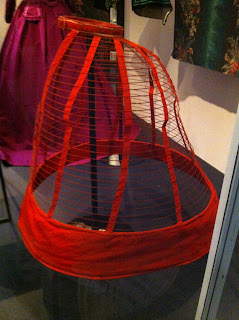Shingo Sato
The father of TR; Shingo Sato, is
a couture designer whom specializes in transformation reconstruction. Sato
designs for private clients, teaching and giving workshops in different parts
of the world such as USA, Japan, UK and Italy. He recently gave a TR
masterclass in 2010 at Central Saint Martin’s School of the Arts, London and
opened a TR Cutting School in Milan, Italy in 2011. . Transformational
reconstruction is a more creative and original take on the traditional metric
pattern cutting process and is often a technique that involves a lot of trial
and error before you can arrive at the desired outcome. Sato works with paper
patterns on the stand to create a 3D pattern of a garment to achieve creative
style lines and eliminate the need for darts etc. A basic block pattern is
adapted into a TR design on the stand and then becomes the base for further
design development. This really is origami in fashion form, who knew fabric could be manipulated and moulded to the body like that?
Julian Roberts
Julian Roberts is a fashion designer, lecturer
for MA Mixed Media Textiles at The Royal College of Art, London, and creator of
creative pattern cutting method. ‘Subtraction Cutting’. Roberts has shown 13
collections at London Fashion week and has a vast history of workshops and
lectures given across the world. He gives demonstrations of his cutting
technique in front of large audiences and purchasing a garment from him is not
possible without a pattern cutting master class from the man himself. Each garment Roberts makes is unique and made
specifically for the client. SC involves designing with the pattern rather than
creating the actual pattern itself primarily by 2D illustrations. The technique
focuses on the pattern’s representation of the negative spaces within the
garment that make it hollow. SC involves experimenting with hollow shapes that
often flow from the designer’s thought process and become something new and
fresh rather than emulating previous styles. Subtraction cutting takes the
maths and measurements away from metric pattern cutting and replaces it with
creativity, balance, body and movement. A bit of a confusing concept but who cares when you can have one of these amazing dresses AND a masterclass from the man himself?!





















